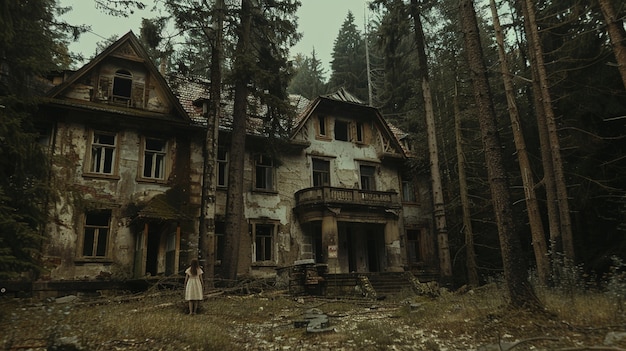
The classic Gothic of Whitby Abbey
The BBC, in partnership with the British Library, has been showcasing a Gothic season to mark 250 years since the release of the first Gothic novel, “The Castle of Otranto” by Horace Walpole, and to celebrate the 250th birthday of Ann Radcliffe, author of “The Mysteries of Udolpho.” I’ve really enjoyed watching “The Art of Gothic: Britain’s Midnight Hour” documentary, as well as listening to the radio dramas of “The Castle of Otranto” and “The Mysteries of Udolpho,” and thought I’d share my thoughts about it here.
Gothic is a genre that’s hard to pin down. It’s not exactly fantasy, horror, mystery, or romance, but has bits and pieces of all of them. Different elements attract different people. Some are drawn to the dark and eerie aspects, like vampires and golems, but I love the mystery, the emotion, the symbolism, and how it takes us back to medieval times.
Originally, Gothic started as a style of architecture in the 12th century, seen in cathedrals like Nôtre Dame and York Minster, and castles like Malbork in Poland. By the late 1700s, with Romanticism gaining popularity, the medieval style made a comeback. Wealthy landowners began building faux ruins and follies on their estates. By the 19th century, the Gothic revival had spread to cities. In my hometown of Bradford, we have stunning Gothic revival buildings like the City Hall and Wool Exchange.
In “The Art of Gothic,” presenter Andrew Graham-Dixon suggested that Gothic emerged from the anxieties of the Industrial Revolution and a need for Georgians to “re-enchant their world” after living in the Age of Reason. It’s something we can all understand. These stories allow us to escape modern life and dive into adventure, mystery, and romance, just as 18th-century Gothic novels did. They drew from older sources like Shakespeare, Jacobean revenge tragedies, medieval romances, and folklore to create emotional, mysterious tales.
Typically, these tales are set in a castle, as with “The Castle of Otranto.” “The Mysteries of Udolpho” has two castles and an abbey. Moving into the 19th and 20th centuries, the settings often shift to country houses, like in “Wuthering Heights,” “Thornfield Hall,” or “Manderley.”
We also see the classic Gothic cathedral in “Nôtre Dame de Paris” (“The Hunchback of Nôtre Dame”) and sprawling castles in the “Gormenghast” series. These locations are always filled with secrets, with something mysterious hidden behind a door or curtain. This idea might have inspired the classic Agatha Christie country house mysteries and even the more innocent variations like “The Secret Garden.”
Strangely, I often dream of wandering through a huge country house or museum filled with passageways and rooms. I know something sinister is behind one of the doors, but instead of leaving, I keep exploring. I guess it’s not an uncommon feeling!
Now, let’s talk about “The Mysteries of Udolpho” by Ann Radcliffe. I loved the dramatised version of this book. It’s one I always meant to read, mainly because it’s parodied in Jane Austen’s “Northanger Abbey,” but I didn’t know much about it otherwise.
The story follows a young girl, Emily St Aubert, who goes on a journey with her father that uncovers mysteries about his past. (She also meets her true love during this journey.) After her father dies, everything falls apart. Her aunt forbids her from seeing her sweetheart, their family home is endangered, and she’s eventually taken to the sinister castle of Udolpho by the creepy Signor Montoni. There, even more mysteries await, including the infamous Black Veil. Emily must fight to regain control of her life, escape the castle, solve the mysteries, and reunite with her love.
“The Mysteries of Udolpho” was the “Twilight” of its time, captivating an entire generation of young people. This dramatised version thrilled me just as much as manga series like “Fushigi Yûgi” and “Bride of the Water God” do. I related to Emily, who seemed like my kind of heroine, and loved the bittersweet secrets revealed about the past. It reminded me of fairy tales like “Beauty and the Beast” and “Bluebeard,” and I could see its influence on later novels like “Wuthering Heights,” “Jane Eyre,” and “Rebecca.” It’s hard to imagine the impact it had on its first readers, having read all those other Gothic novels beforehand. But as I said, this adaptation was a fantastic introduction to the novel.
I wonder, where do we see the legacy of Ann Radcliffe and her peers today? Are modern stories about houses full of secrets essentially Gothic? Feel free to share your thoughts in the comments box.

